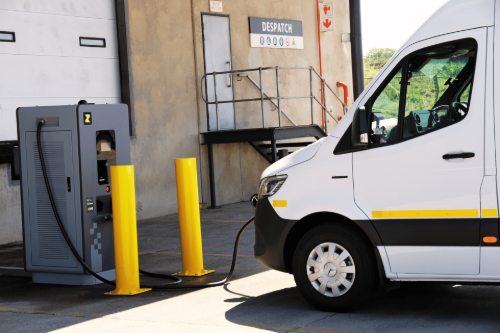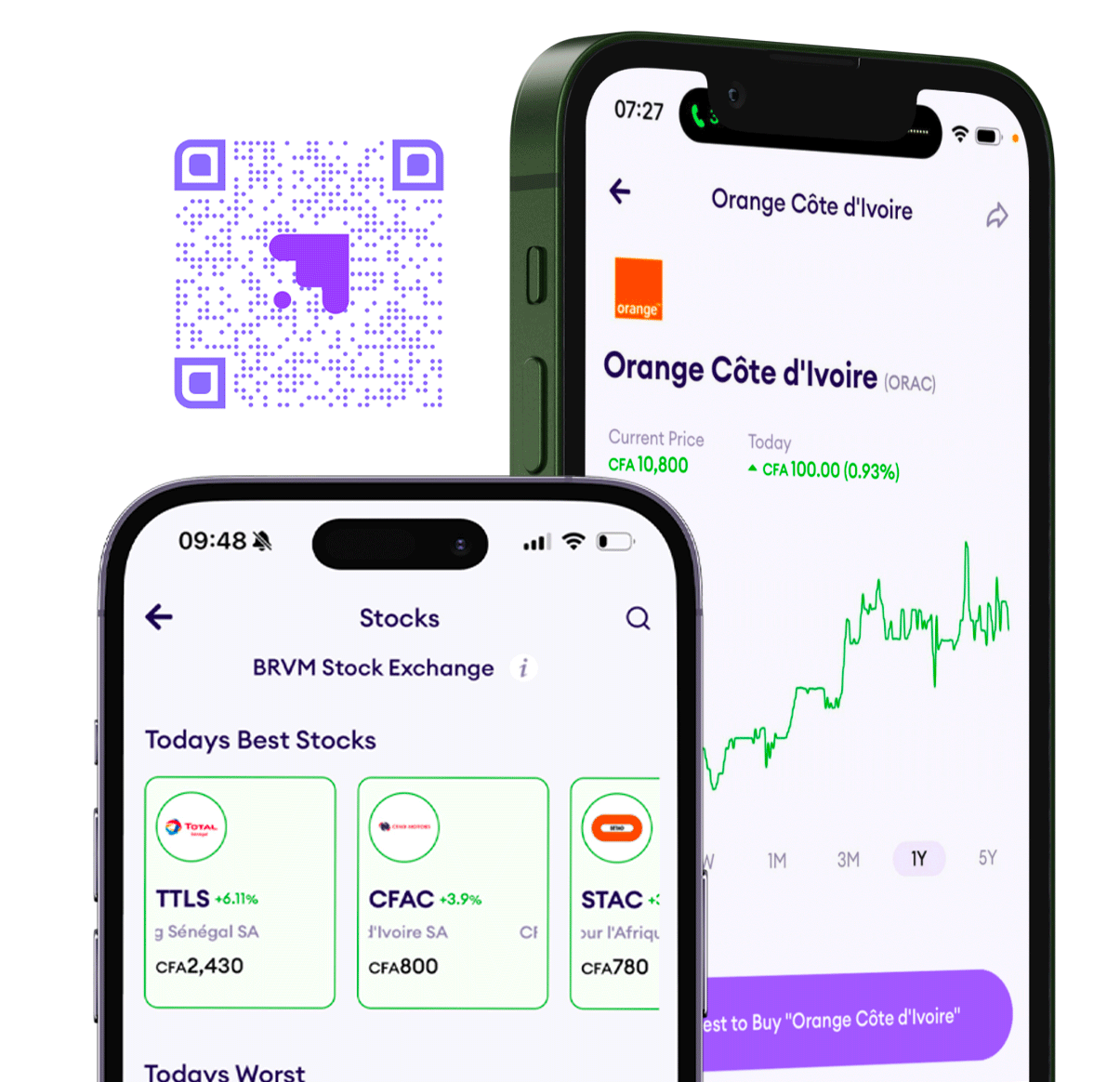South Africa’s Zimi Secures $320K Grant to Test Vehicle-to-Grid Tech

TLDR
- Electric vehicle (EV) charging startup Zimi has received $320,000 (R6 million) in grant funding from the Energy and Environment Partnership (EEP Africa Trust Fund)
- The grant supports Zimi’s efforts to test how parked EVs can send power back to homes, businesses, and the national grid—especially during grid instability and load shedding
- The funding will allow Zimi to develop real-world pilot applications, assess technical and regulatory limitations, and build a commercial model for V2G operations
Electric vehicle (EV) charging startup Zimi has received $320,000 (R6 million) in grant funding from the Energy and Environment Partnership (EEP Africa Trust Fund) to pilot vehicle-to-grid (V2G) technology in South Africa. The grant supports Zimi’s efforts to test how parked EVs can send power back to homes, businesses, and the national grid—especially during grid instability and load shedding.
Zimi was one of 32 projects selected out of over 530 applications in EEP Africa’s latest round. The funding will allow Zimi to develop real-world pilot applications, assess technical and regulatory limitations, and build a commercial model for V2G operations.
The startup’s current business model focuses on partnering with logistics companies to support their transition to electric fleets. By integrating V2G, Zimi aims to help fleet operators reduce costs and emissions while turning idle vehicles into backup power sources. Zimi’s early clients include Bakers Logistics. The grant comes as bi-directional charging gains traction in South Africa, following Volvo’s launch of its EX90 EV, which supports V2G functionality.
Daba is Africa's leading investment platform for private and public markets. Download here
Key Takeaways
Zimi’s grant-backed pilot of V2G tech could lay the foundation for a decentralized energy model in South Africa. As rolling blackouts continue to disrupt power supply, V2G offers a way for parked EVs to temporarily stabilize demand by feeding energy back into homes, businesses, or the grid. While mainstream adoption may be years away, logistics operators—with high vehicle downtime—are ideal early adopters. Zimi’s model builds on the insight that fleet vehicles, when idle, are essentially untapped battery banks. By creating a commercial framework for bi-directional energy flow, Zimi aims to shift fleet depots into micro-energy hubs. This approach also aligns with broader decarbonization goals and cost-reduction efforts in logistics. The timing is notable. EEP’s funding aligns with rising interest in grid-resilient energy systems, and bi-directional EVs like the Volvo EX90 are entering the market. As EV prices fall and infrastructure expands, V2G could help South Africa bridge the gap between unreliable supply and rising energy demand.

Next Frontier
Stay up to date on major news and events in African markets. Delivered weekly.
Pulse54
UDeep-dives into what’s old and new in Africa’s investment landscape. Delivered twice monthly.
Events
Sign up to stay informed about our regular webinars, product launches, and exhibitions.




